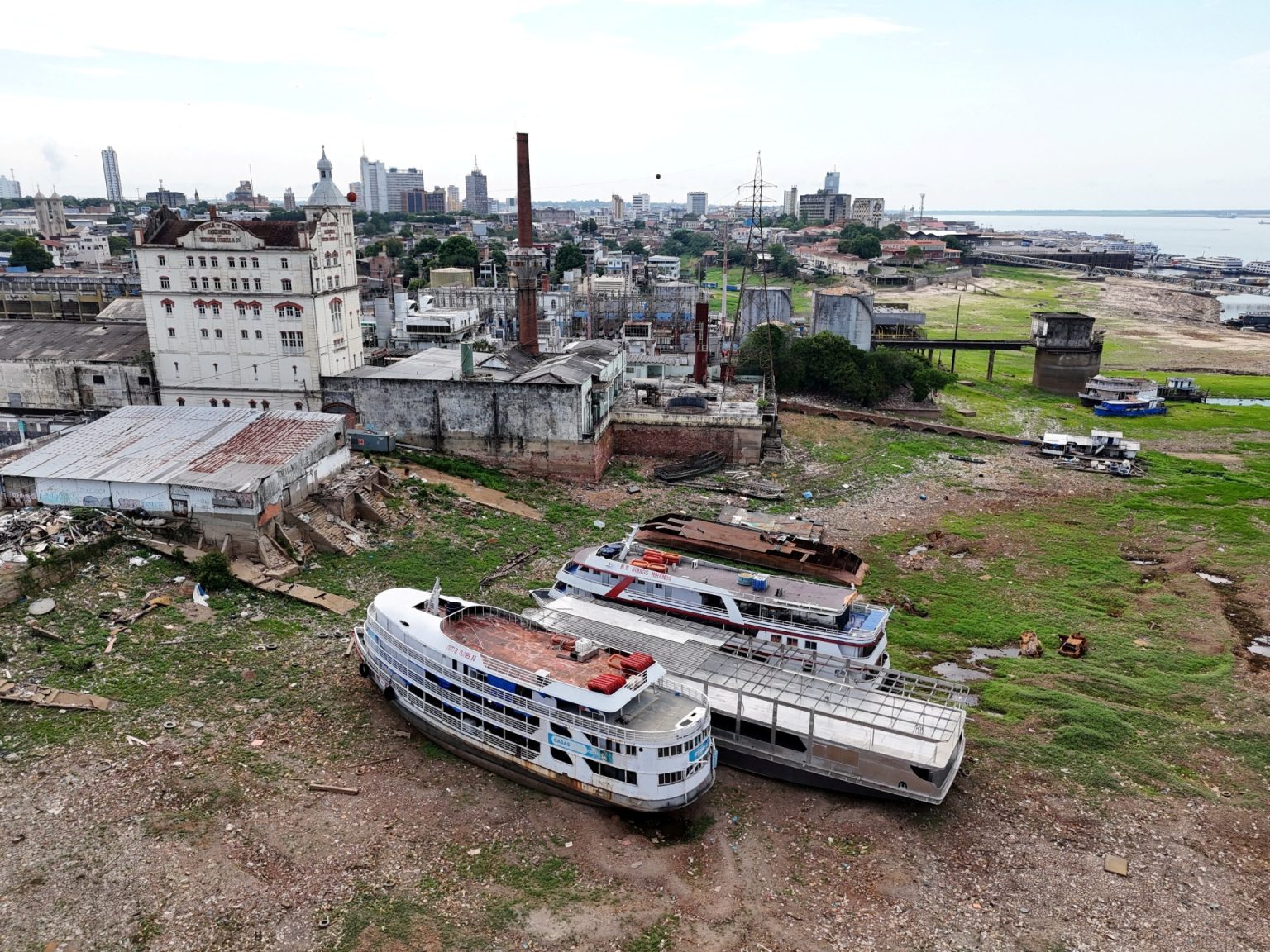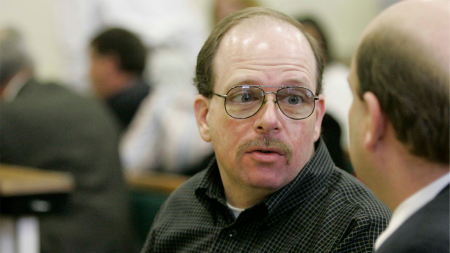The Rio Negro, which is one of the largest rivers in the world, has experienced a drastic drop in water levels to a record low. This has been attributed to a severe drought and widespread wildfires in the Amazon region. The river reached a depth of 12.66 meters, the shallowest depth ever recorded since measurements began in 1902. The dry season is expected to continue through much of October, raising concerns that water levels may further decrease. Valmir Mendonca, the head of operations at the Port of Manaus, described this drought as the most severe in over a century.
As a major tributary of the Amazon River, the Rio Negro plays a crucial role in the region’s ecosystem. It drains more than 10 percent of the water in the Amazon River basin and is the sixth largest river in the world by average discharge. The river is also known for its dark color, which is caused by decaying plant matter. The extended drought has impacted not only the Rio Negro but also other waterways in the Amazon, leading to an environmental and economic crisis. Experts believe that climate change has worsened the usual dry-season conditions, leaving riverbeds dry and aquatic animals stranded.
There are concerns that the Rio Negro’s water levels could fall below 12 meters before the end of the month, surpassing last year’s record low. Other tributaries of the Amazon, including the Solimoes River, have also experienced historically low water levels. The drought poses a significant threat to the more than 40 million people living in and around the Amazon, who rely on the waterways for drinking, bathing, transportation, and food. Businesses in communities along the Rio Negro, such as Puraquequara, have been particularly hard hit, with revenues dropping significantly and basic food items in short supply.
The drought has also had devastating effects on the wildlife in the region, with reports of freshwater dolphins found dead along riverbanks due to the stress caused by the water shortage. In addition to the drought, the Amazon rainforest has been struggling with below-average rainfall and man-made fires, further disrupting the delicate ecosystem. Ana Paula Cunha, a researcher at the National Center for Monitoring and Early Warning of Natural Disasters, noted that as much as 59 percent of Brazil is currently experiencing the effects of the drought, making it the most intense and widespread in the country’s history.
The unprecedented drought in the Amazon region has raised alarms about the long-term impact of climate change on the world’s largest rainforest. The severe water shortage has not only affected the river levels but has also resulted in food and water scarcity for local communities. Urgent action is needed to address the underlying causes of the drought and to mitigate its effects on the Amazon ecosystem and the millions of people who depend on it for their livelihoods. Scientists and policymakers are working to find solutions to combat climate change and protect the valuable resources of the Amazon region.













